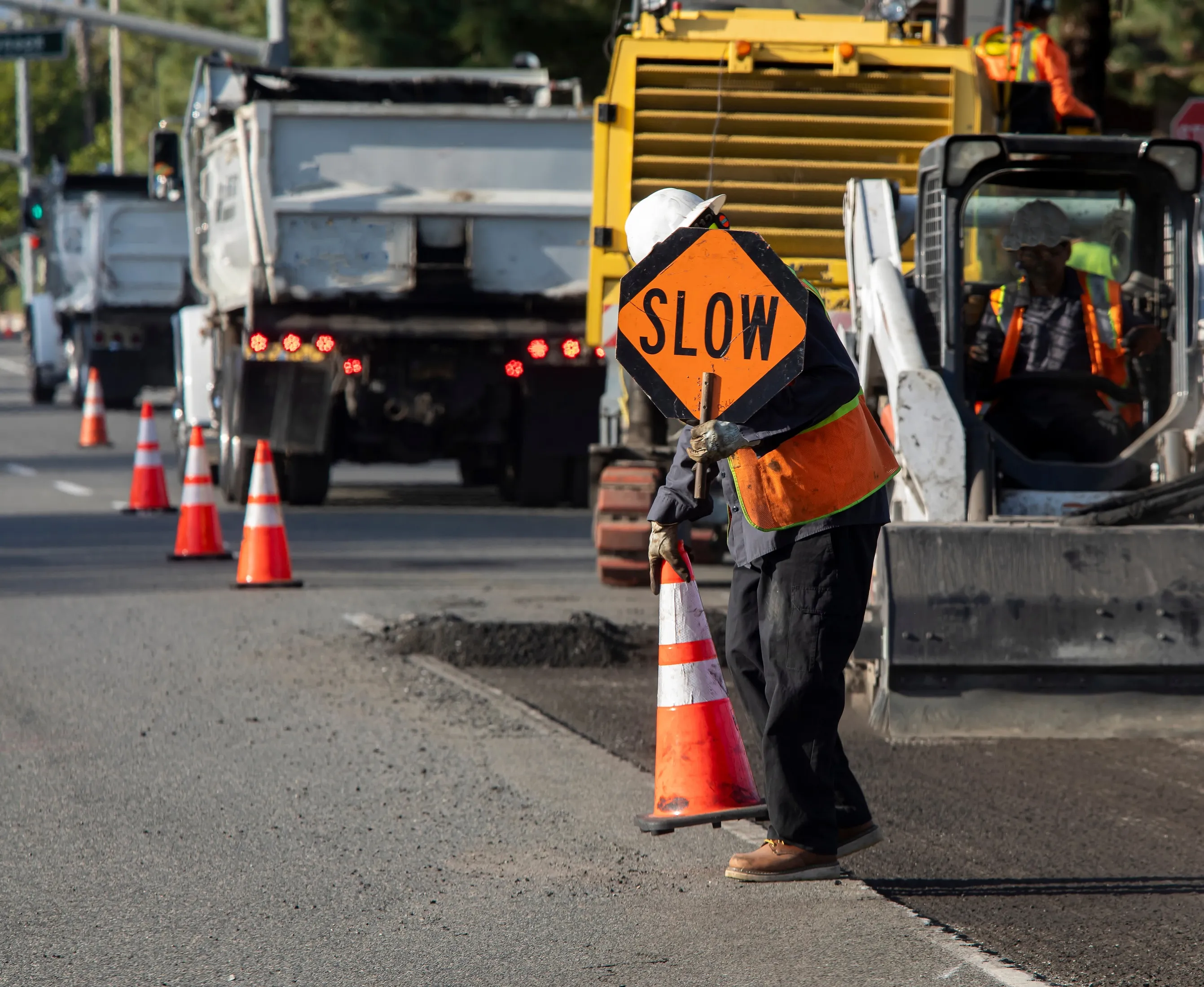Preliminary estimates from the US National Safety Council indicate motor vehicle deaths were eight per cent higher in 2015 than they were in 2014, the largest year-over-year percentage increase in 50 years. The National Safety Council estimates 38,300 people were killed on US roads and 4.4 million were seriously injured, meaning 2015 likely was the deadliest driving year since 2008.
Over the last year at the state level, the National Safety Council estimates Oregon, Georgia. Florida and South Carolina al
February 19, 2016
Read time: 2 mins
Preliminary estimates from the US National Safety Council indicate motor vehicle deaths were eight per cent higher in 2015 than they were in 2014, the largest year-over-year percentage increase in 50 years. The National Safety Council estimates 38,300 people were killed on US roads and 4.4 million were seriously injured, meaning 2015 likely was the deadliest driving year since 2008.
Over the last year at the state level, the National Safety Council estimates Oregon, Georgia. Florida and South Carolina all experienced increases in fatalities, while only 13 states showed improvement. Among them, New Mexico, Kansas and New Jersey experienced substantial decreases.
"These numbers are serving notice: Americans take their safety on the roadways for granted," said Deborah A.P. Hersman, president and CEO of the National Safety Council. "Driving a car is one of the riskiest activities any of us undertake in spite of decades of vehicle design improvements and traffic safety advancements. Engage your defensive driving skills and stay alert so we can reverse this trend in 2016."
While many factors likely contributed to the fatality increase, a stronger economy and lower unemployment rates are likely at the core of the trend. Average gas prices were 28 per cent lower in 2015 than in 2014 and are projected to continue dropping this year, making driving more affordable for many Americans. The324 US Department of Transportation estimates a 3.5 per cent increase in the number of miles driven in 2015 compared to 2014.
Over the last year at the state level, the National Safety Council estimates Oregon, Georgia. Florida and South Carolina all experienced increases in fatalities, while only 13 states showed improvement. Among them, New Mexico, Kansas and New Jersey experienced substantial decreases.
"These numbers are serving notice: Americans take their safety on the roadways for granted," said Deborah A.P. Hersman, president and CEO of the National Safety Council. "Driving a car is one of the riskiest activities any of us undertake in spite of decades of vehicle design improvements and traffic safety advancements. Engage your defensive driving skills and stay alert so we can reverse this trend in 2016."
While many factors likely contributed to the fatality increase, a stronger economy and lower unemployment rates are likely at the core of the trend. Average gas prices were 28 per cent lower in 2015 than in 2014 and are projected to continue dropping this year, making driving more affordable for many Americans. The









